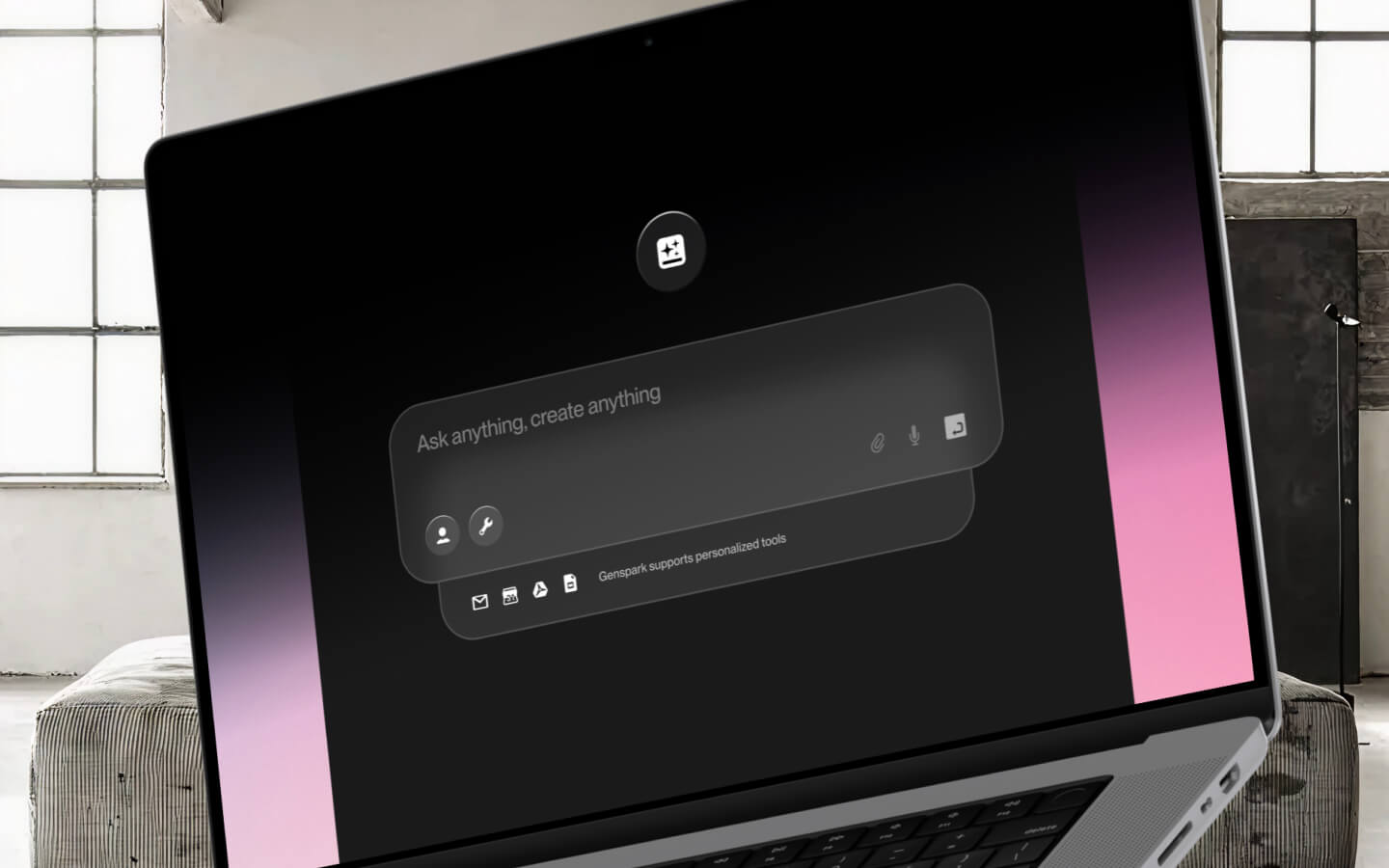On the heels of another impressive HubSpot earnings release, we decided to dive into what is driving the team’s continued success six years post-IPO. Many people know HubSpot for the way they pioneered inbound selling, but their pricing strategy is equally as instructive. Their success at getting customers hooked on their feature-rich free tiers and then upselling into revenue-generating tiers offers powerful, if not counterintuitive, lessons to the next generation of SaaS companies.
Early and growth-stage companies alike often struggle with the strategic decision of how to price their software. Pricing is an art that requires constant tweaking throughout the life of a company. At Emergence, we spend a lot of time with our founders working to get this challenging but critical part of the business right. Last year, we shared our thoughts on the pitfalls of per-seat pricing. Previously, we summarized a SaaS pricing 101 overview.
Most recently, we hosted a discussion with HubSpot’s pricing experts Brad Coffey, Chief Strategy Officer, and Chris Hogan, Sr. Director, Product Ops. Their insights, some of which you might find counterintuitive, are too good not to share with our wider community.
1. Pricing packages should be based on user personas.
The question asking how much to price is difficult to answer, and this is because it is often predicated based on who your customer base is. While many have heard of the concept of “persona-based pricing,” the reality is that most companies don’t go to a sufficient level of granularity when determining those personas.
First, it is important to understand the role of the person you are selling to. Within that role, what are the core jobs to be done that your product helps accomplish? Once you have a solid grasp of those core features, you can build product packages based on that role's exact needs.
Second, you must have a solid understanding of the organization you are selling to. This is critical to determine what features and functionalities are required to achieve the sale (e.g., integrations, enterprise-readiness, etc.). To measure the differences between these segments, quantify the metrics that matter the most to each segment. This template spreadsheet from Patrick Campbell at Profitwell shares a few examples of metrics to track for each segment. Having a solid grasp on this will help steer your team to higher conversion.
We often hear from early-stage founders that it is tough to solve these problems because they do not have enough customer data. In the absence of real customer data, substantiate your beliefs with user research. It is important to validate who your target personas and customer segments are, as well as understand what their pain points are and when they run into them. This will be vital to how you price and package your different offerings.
2. Price on features that are most valuable to end-customers.
Once you have meaningful product usage data, you can start correlating certain features to user retention. Pricing on your most valuable feature, though, is a counterintuitive decision to make. Many people worry that this will disincentivize usage, thereby driving down value over time. The HubSpot team suggests selecting features where the end-customer has control - think email sends or contacts stored in your system vs. website visits.
HubSpot coins this concept as the “value metric,” i.e., the value you specifically provide to your customer. Similar to insight #1, the value for a customer is dependent on who the end customer/user is to begin with. Once you have identified that specific customer/user’s value metric, you can then begin to package your pricing around that metric.
For example, HubSpot’s marketing product has gone away from the traditional per-seat model, and instead charges on a per-contact basis. Why? Because as the customer uses the product, this metric continues to grow with the value they are gaining from the product. Before deciding to move in this direction, many at the company worried that this would lead to less users storing contacts in HubSpot. Instead, once they began pricing on contacts they found that the usage of contacts in the system increased dramatically.
After aligning on your value-metric, now it is time to equip your sales team with the right training to articulate why that feature is so important. Using that as a consistent message will persuade usage towards the functionality. Net net, pricing along this metric allows you, as the software provider, to capture the revenue that aligns with the value your customers receive.
To go deeper on how to identify and set your “value metric” appropriately, check out Lenny Rachitsky’s blog where he sat down with Patrick Campbell, CEO of Profitwell.
3. Don’t gate features on your free/lower price tiers. Instead, set usage-based gates.
It is very common for B2B companies to offer a free tier of their product, however, it can be challenging to determine what should be included in free versus premium. While some think that the best way to convert users from free to paid is by upselling on the “killer feature,” an often-overlooked strategy is to convert users off of usage-gate limits.
HubSpot's goal for their free tier is to allow users to feel the full power of their platform, but guard the amount they can leverage it. One way they’ve done this is by limiting the number of email sends that can be sent through their marketing automation product. Another example that many have become familiar with in this new remote-first world is the 40-minute Zoom meeting paywall. The meeting experience is entirely the same as the paid offering, but if you want to go over 40-minutes, you are going to have to pay up.
To set a usage-gate limit appropriately, it is imperative that you first ask why you are offering a free tier to begin with. Is it a distribution play? Do you expect to increase sales conversion rates from free to paid? Or is this a brand strategy? Once aligned on the why, then you can experiment on where to set the appropriate usage-gate through a deep-dive into your usage analytics by user persona and customer segments.
4. It's okay to overpay inside sales to mitigate tensions between them and product.
When running an organization that is product-obsessed, and has an inside sales team, there needs to be clarity on what behaviors to track towards. While the product could deliver a fully self-serve acquisition, if that flow happens within a sales reps’ territory it will cause tensions between the two groups. In order to sustain culture within the org, you will likely have to overpay in sales compensation for certain gray areas where a lead likely could have been purely self-serve anyway.
Another way to mitigate cultural challenges, and to promote effectiveness of the bottom-up model, is to track product-driven demand as opposed to self-serve bookings. Product-driven demand serves as a demand SLA for the amount of new leads the product team drives. New leads a product team drives, or product qualified leads (PQLs), are defined as users in a free tier/trial that have realized significant value using your product, and have committed an action (or activation event) that indicates that they are likely ready for a paid tier.
A great example of this is the LinkedIn free tier serving as an onramp to the B2B Sales Navigator product. When free users reach a certain threshold of profile views, and InMails/messages sent, it likely means they are using LinkedIn for commercial purposes, and that they could benefit from upgrading to an enhanced LinkedIn experience, purpose-built for commercial selling.
To go deeper on PQLs and learn how to make them work for you, check out this helpful blog from the HubSpot team.
5. Be explicit and transparent about discounting.
What happens when there is a kink in your pricing model that doesn’t make sense for a prospect? Often people leverage heavy discounting as an “escape valve” in the back to mask some of the pricing mistakes. While this may push deals over the finish line in the short term, this has serious implications on your renewal business as you scale. When discounting, we offer two helpful tips:
- Be upfront and clear about discount lengths. While a discount may help you close a deal in the final mile, it is important that your client knows that the discount only applies to the first year of the contract. Confronting this transparently at deal-closing time will make the renewal conversation far easier when the discount goes away.
- Over time, avoid discretionary discounting. Instead, be intentional with how you set discounting policies by introducing named discounts. Named discounts are a structured discounting policy that your whole company follows, versus ad-hoc discounting that introduces complexity into the business model. By moving towards a public and structured discounting model, you will have better control over price as you scale.
Hopefully these insights prove helpful when thinking through your B2B pricing and packaging strategy. We’d love to hear from your experiences on what works and what doesn’t. Drop me a line at yaz@emcap.com.


